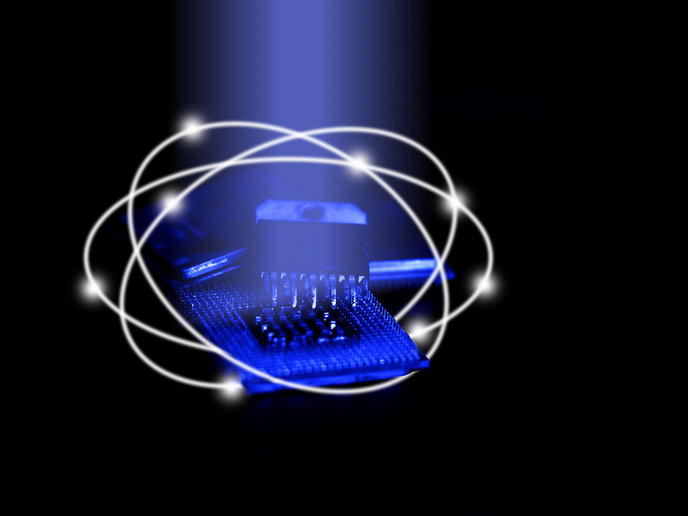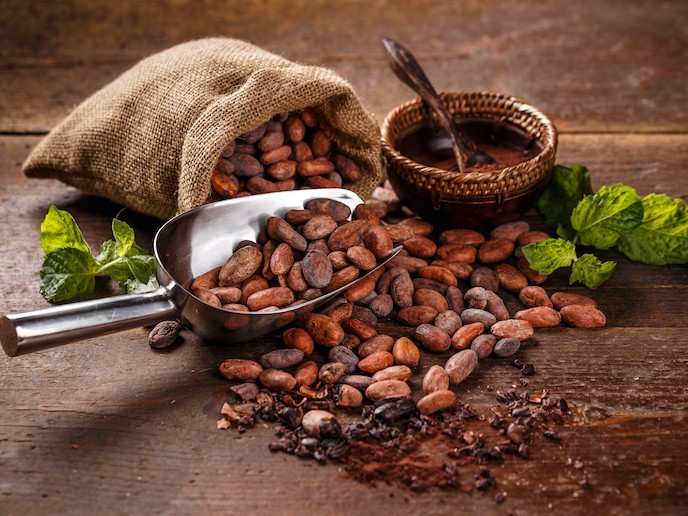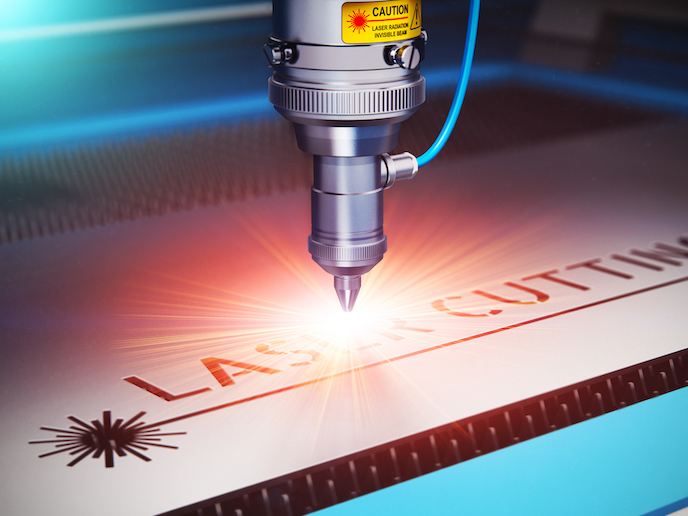Laser texturing increases resistance to wear of oil lubricated mechanical parts
One of the main reasons for operational failure in machines using oil lubricated moving parts (bearings, gears, camshafts, etc.) is ‘starved oil lubrication’. This occurs when the oil lubricant does not cover the full surface of mechanical friction surfaces, or the thickness of the hydrodynamic film is not sufficient for adequate lubrication. The phenomenon is particularly prevalent under certain conditions such as cold starts, vibration or high rotating speeds. Commonly used methods (such as oil additives, thermal sprays or PVD coatings) aim to improve general resistance to wear, but are unable to prevent the problem of starved lubrication itself. In addition, these technologies are relatively expensive, add a layer of complexity and increase environmental impact, but most crucially, they are workarounds which do not fix the underlying problem. The technology transfer company IfU Diagnostic Systems has performed a feasibility study into a new method to pattern mechanical component surfaces at the micro and nano scale, dubbed NGenMech. EU funding (SME Instrument Phase 1 support) enabled the NGenMech project to move the technology closer to market-readiness by: conducting more detailed market analysis; developing a business plan and finalising analysis of technological feasibility, technology validation and risk assessment; and updating IPR and investment strategies.
Ultra-short pulse lasers
Ultra-short pulse lasers emit pulses of light generally in the duration range of femtoseconds to picoseconds. As the energy density achieved at the site of the component undergoing treatment can be extremely high (e.g. a 10-picosecond pulse with 100 microjoule energy can have a peak power of 10 megawatts), it offers the possibility of surface micro-machining by cold ablation. Cold ablation is a precise process of material removal by evaporation or sublimation – instead of boiling the material – yielding high quality texturing without heating the affected zone. “The problem with typical methods to tackle ‘starved oil lubrication’ is that they target wear resistance in general, applying a static approach as a solution for a dynamic problem,” says Antje Wilhelms, project coordinator. Using such precision laser patterned parts can reduce the friction coefficient by two to three times, improve performance and reliability, and reduce maintenance needs. Overall it can double the lifespan for the entire machinery.
Greener production and consumption
NGenMech technology would reduce the amount of raw materials needed by manufacturers, reduce the need for oil lubricant changes, and lower costs and production stoppages. For consumers, it would mean more durable products with less servicing and less downtime, while manufacturers would profit from higher value-added assets with less raw material and energy use. To bring NGenMech to the market, the technology needs to be automated and duly calibrated on a demonstrator production line of an industrial partner. Currently, IfU is engaged with several industrial companies interested in commercialising the NGenMech technology. “Technically the immediate next step is to design and test optimal surface textures for different applications, much like how car tyre surfaces are designed and optimised for different weather conditions,” says Wilhelms.
Keywords
NGenMech, oil, lubrication, machine, wear and tear, laser, pulse







